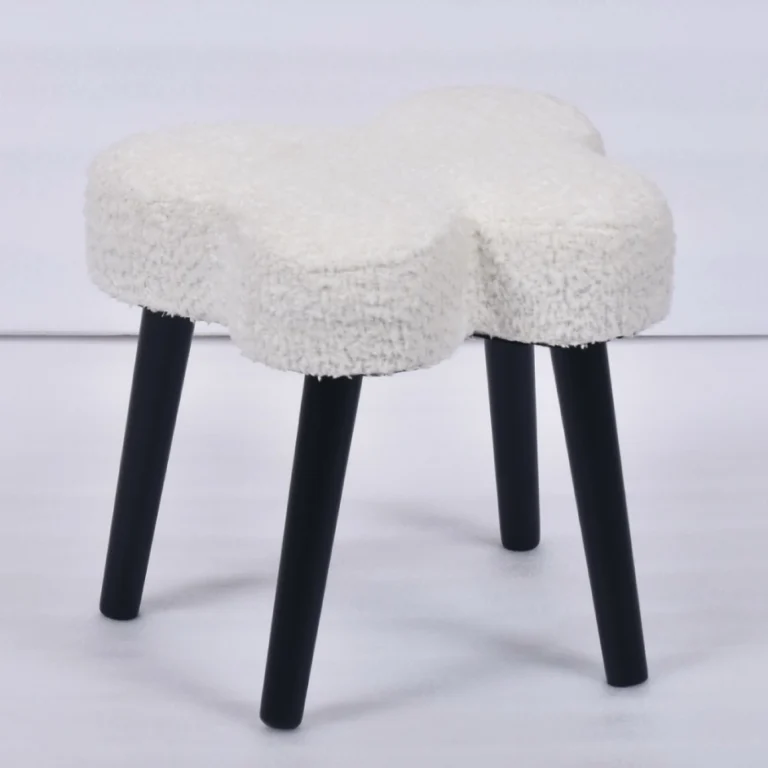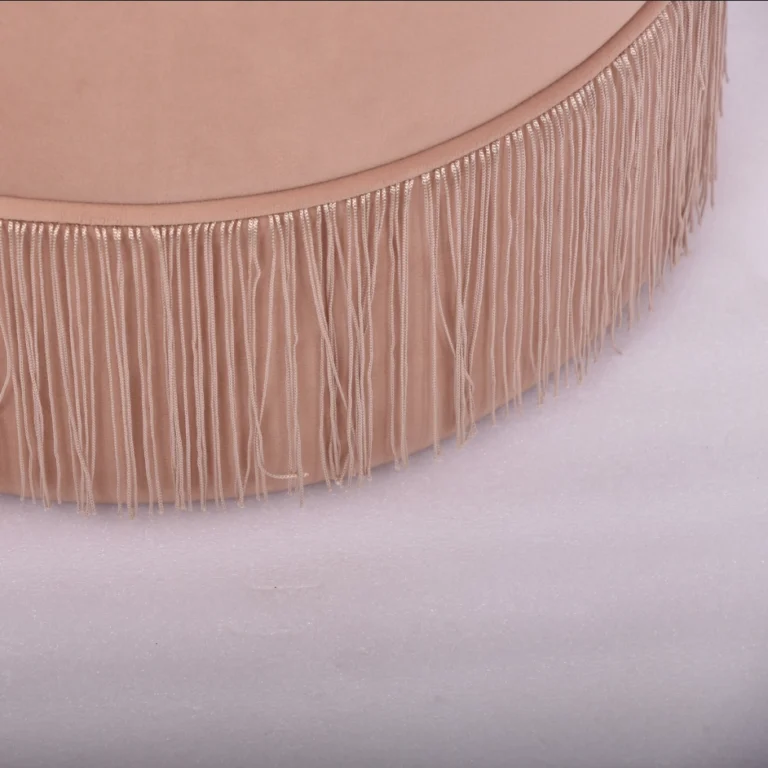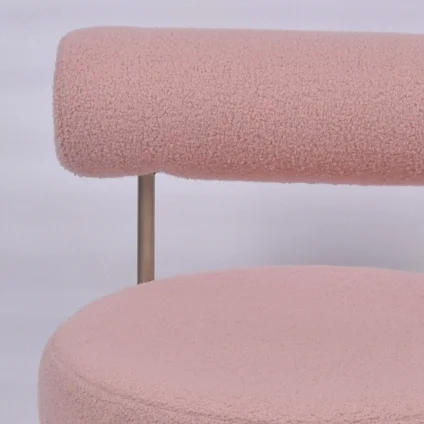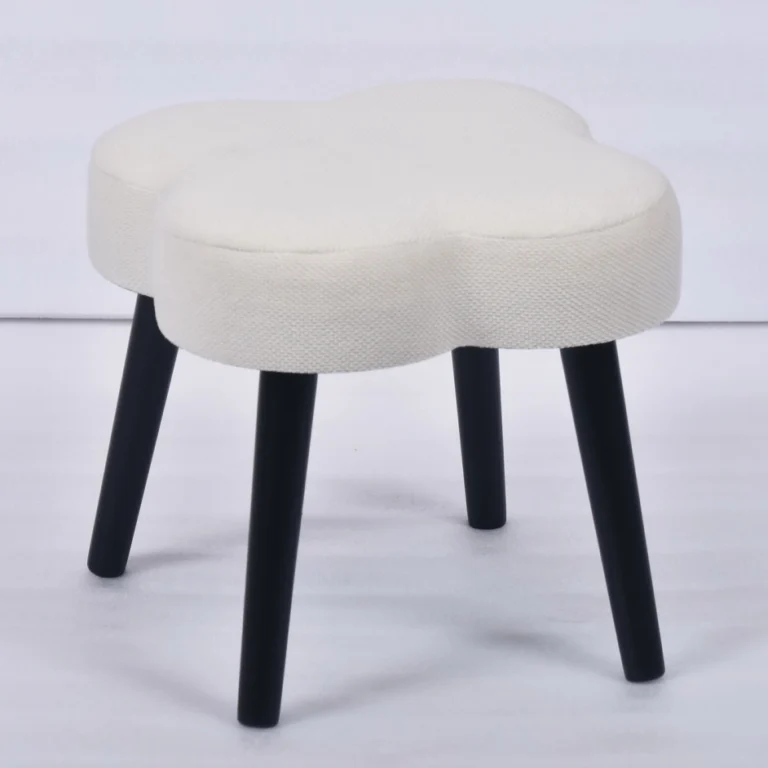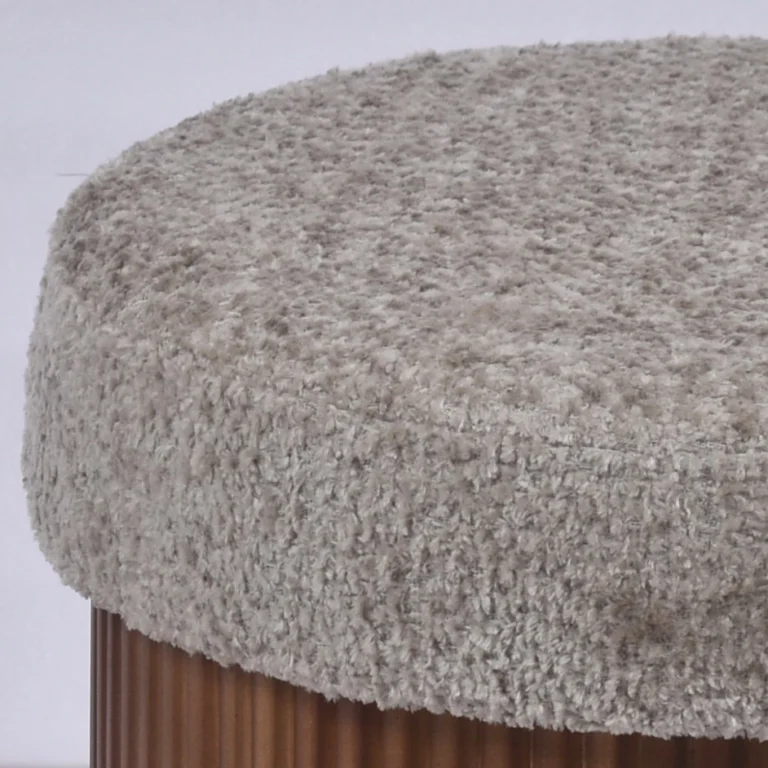Modern-style ottoman sofa stool
The Ephemeral Palace: Transcultural Poetics of a Modern Ottoman
-
Symbiosis of Geometric Motifs and Minimalist Frameworks
Middle Eastern DNA: Carved nailhead patterns, distilled from Persian miniatures, evolve into diamond-quilted textures, echoing the rugged memory of desert caravan chests. Brass edging traces Damascus latticework in crescent-like arcs across matte leather surfaces.
Western Deconstruction: Stripped of Rococo excess, the design adopts the clean-cut lines of Aegean white stone. A modular, rotatable base pays homage to Bauhaus’s “form follows function” ethos.
-
Material Dialogues: A Chord of Desert and Sea
Nomadic Wisdom: Goat-hair blended fabric, treated with nano-repellent coating, preserves the raw tactility of Bedouin tents while defying Dubai’s sudden downpours. Embedded cedarwood frames release faint whispers of Levantine forest winds.
Industrial Refinement: Aerospace-grade aluminum legs, angled in defiance of gravity, mirror the cantilevered audacity of Kuwait’s Expo pavilions—bearing 300kg yet retaining swan-neck grace.
-
Functional Philosophy: From Ottoman Thrones to the Metaverse Lounge
Democratized Power Symbols: Once the footstool of 16th-century sultans, now a smart home hub—its hidden compartment cradles wireless chargers, silk-lined pockets safeguarding either a Quran or VR headset.
Contextual Metamorphosis: A dawn prayer mat transforms into a noon coffee table for guests, then unfolds into a stargazing chaise by night, embodying the Arab adage: “An object should be a caravan, bearing the whole journey.”
-
Chromatic Alchemy: A Quantum Scheherazade
Earth’s Palette: Omani hematite red clashes with Swedish glacial gray, while Samarkand lapis lazuli blue dissolves into digital gradients, mimicking the granular glow of Persian mineral pigments.
Lightplay Dramaturgy: Laser-cut side panels cast Islamic star patterns that pirouette across marble floors like luminous calligraphy, choreographed by Dubai’s shifting sun.
The Silent Diplomat of Civilizations
This is no longer furniture, but a micro-embassy of the Silk Road. Where an Italian designer’s minimalist sketch meets the calloused hands of a Damascus craftsman, the Ottoman reclaims its transcontinental soul—it lets New York lofts inhale frankincense, while Riyadh’s glass towers reflect Venetian canal light.
In the desert of modernity, we crave such oases: where weary ankles rest, and the sparks of clashing civilizations still glow.

